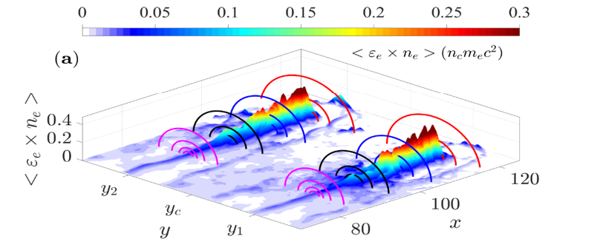Magnetic reconnection (MR) is a dissipation process of magnetic field energy accompanied with the topological variation of magnetic field lines. Such the idea was first proposed to explain the production of high energy particles in space. The astrophysical observations and investigations in the past 70 years prove that MR participates various processes such as solar flare, coronal mass ejections, gamma-ray bursts and pulsar winds. MR also plays important roles in laboratory plasmas on fusion instabilities. In the toroidal fusion devices such as Tokamaks, the plasmas tend to relax to a quasi-stationary state via the global magnetic self-organization based on MR process. In the recent years, one of the popular topics is MR driven by laser-plasma interaction. With the development of high power laser, MR environment transits from collisional to collisionless plasmas and the corresponding time scale decreases from nanosecond to femto-second. In such the case, the resistive MHD approximation and the general Ohm's law should be reconsidered.
In the recent paper published on High Power Laser Science and Engineering by Yan-Jun Gu and Sergei V. Bulanov from ELI-Beamlines, the development of MR in laser-plasma interactions is reviewed and the relativistic MR is focused (Yan-Jun Gu, Sergei V. Bulanov. Magnetic field annihilation and charged particle acceleration in ultra-relativistic laser plasmas[J]. High Power Laser Science and Engineering, 2021, 9(1): 010000e2). It presents the theoretical model with numerical results and proposes the dominant role of displacement current in such the process. The contribution from electric current is saturated due to the limit of local density and the relativistic constraint, which can no longer sustain the variation of the local magnetic field. The displacement current, which generates the local electric field, is induced and therefore strongly accelerates the charged particles inside current sheets. The recent proposed regimes of MR for potential experiments are mentioned.

Kinetic simulation results: The energy density distributions of the parallel electron beams accelerated by the laser plasma interactions. The corresponding azimuthal magnetic fields are represented by the round circles.


